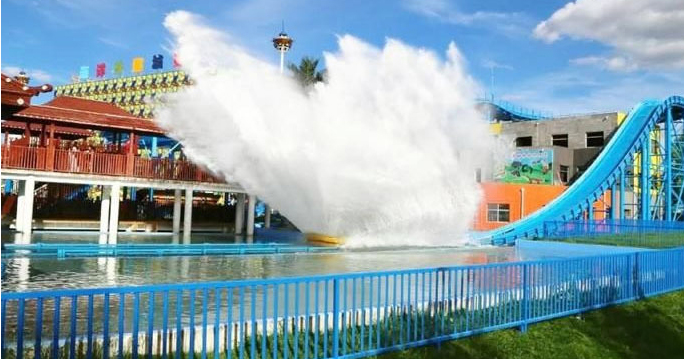Fundamentals of Designing a Simple Roller Coaster for Beginners
Basic Roller Coaster Design An Overview
Roller coasters are a quintessential part of amusement parks around the world, drawing thrill-seekers in with their promise of adrenaline and excitement. Designing a roller coaster involves a unique combination of engineering principles, artistic vision, and an understanding of human psychology. This article highlights the fundamental aspects of roller coaster design, from the initial concept to the final ride experience.
The Conceptual Phase
The journey of designing a roller coaster begins with the concept. Designers must decide on the theme and target audience of the ride. Are we building a family-friendly coaster or a high-intensity ride aimed at adrenaline junkies? This decision influences all subsequent design elements. For example, a coaster intended for younger riders may feature gentler dips and turns, while one for thrill-seekers might include steep drops and inversions.
Layout and Track Design
Once the concept is established, designers move on to create the layout. This involves determining the initial height of the coaster, the angles of drops and turns, and the sequence of elements such as loops, corkscrews, and airtime hills. The design must ensure a balance between excitement and safety.
Engineers use special software to create 3D models of the coaster track, simulating how the ride will function. Key parameters include the height and speed of the coaster, as well as G-forces that riders will experience. Designers seek to maintain forces within safe limits; usually, they aim for a maximum of 4 to 5 Gs during the ride. High G-forces can lead to discomfort or even injury, so understanding human physiology is crucial.
Safety Considerations
basic roller coaster design

Safety is paramount in any roller coaster design. Engineers must comply with rigorous safety standards and regulations to protect the riders. This involves thorough testing of the coaster's structural integrity, the braking systems, and the restraints used to secure riders in their seats.
Manufacturers use materials such as steel and reinforced concrete to ensure durability and support the weight of both the structure and the riders. Regular inspections and maintenance protocols are also essential in ensuring the ride remains safe over time.
The Ride Experience
The ride experience is the heart of any roller coaster. Designers carefully curate elements that create thrilling sensations. The anticipation built during the ascent, the sensation of weightlessness during drops, and moments of sudden acceleration all contribute to the overall experience.
Moreover, visual and auditory elements are essential. The surrounding environment, theming elements, and music all enhance the emotional response of the riders. For instance, a coaster themed around a space adventure may use LED lights and sounds to immerse riders in an extraterrestrial atmosphere.
Conclusion
The basic design of a roller coaster is a complex, interdisciplinary process that combines creativity with engineering precision. Every element, from the initial concept to the thrill of the ride, is carefully crafted to create a safe yet exhilarating experience. As technology continues to advance, future roller coasters are likely to push the boundaries even further, providing new and exciting experiences for riders of all ages. Whether you’re a seasoned thrill-seeker or a first-time rider, the world of roller coasters promises an unforgettable adventure.
-
Top Amusement Equipment Manufacturer Rock n Roller Coaster & Carousel ManufacturerJun.10,2025
-
World's Scariest Roller Coaster Experience Ultimate Thrill & HeightJun.10,2025
-
Ultimate Thrill Ride Roller Coaster High-Speed, Safe AdventureMay.30,2025
-
Carousel Mansfield Rides Premium Indoor & Event SolutionsMay.30,2025
-
T3 Roller Coaster High-Thrill, Safe Ride for Theme Parks & ResortsMay.30,2025
-
Roller Coaster Cart Design Custom-Built & High-Safety Thrill Ride VehiclesMay.30,2025
